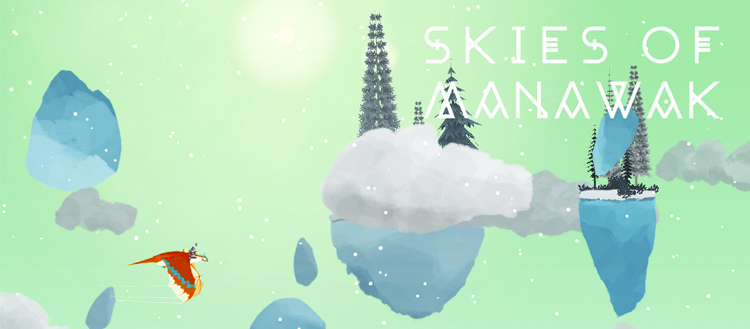Can genetic research with indigenous populations be more ethically conducted? This is what Chiara Barbieri and her team believed when starting their work with the Mapuche community, one of the 10 recognized indigenous groups of Chile. In a recent paper, the group reported on this experience to share insights and promote transparent and inclusive science.










